From Pixels to Places: Harnessing Geospatial Data with Machine Learning.
Towards AI
APRIL 4, 2024
A sector that is currently being influenced by machine learning is the geospatial sector, through well-crafted algorithms that improve data analysis through mapping techniques such as image classification, object detection, spatial clustering, and predictive modeling, revolutionizing how we understand and interact with geographic information.


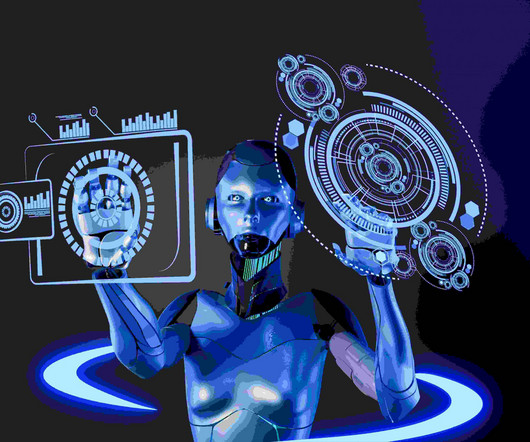

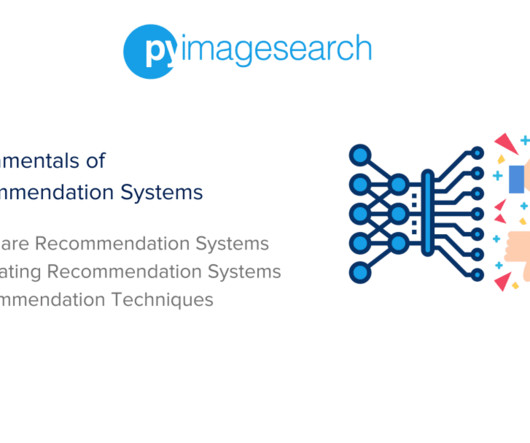


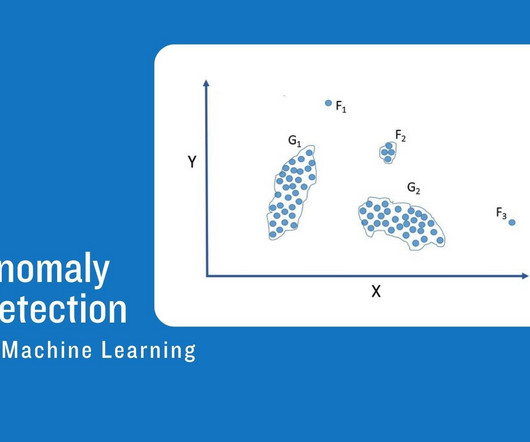
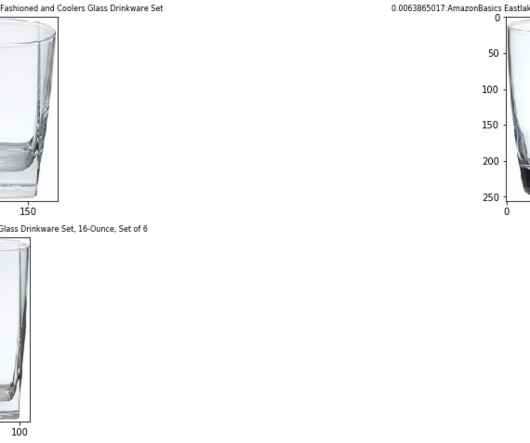
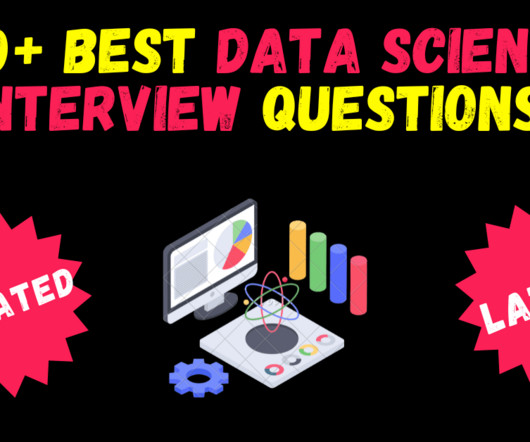






Let's personalize your content